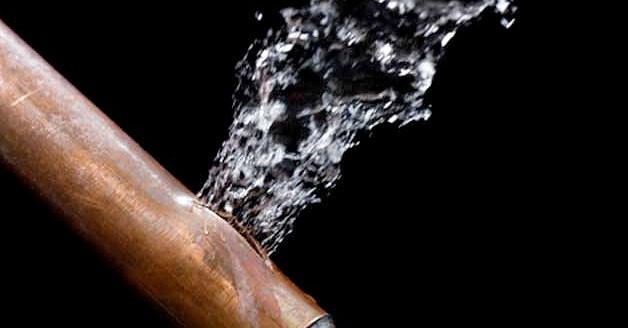6 Ways to Locate Concealed Water Leaks in Your Home
6 Ways to Locate Concealed Water Leaks in Your Home
Blog Article
Are you on the lookout for information around Top leak detection hacks?

Early discovery of dripping water lines can minimize a possible calamity. In addition to conserving you cash, it will decrease the stress as well as disappointment. The moment you locate a leakage, calling your plumber for repair services is the best solution. Some small water leakages might not be noticeable. Below are some hacks that help if you can not identify it with your naked eyes.
1. Check Out the Water Meter
Inspecting it is a surefire means that helps you uncover leaks. If it relocates, that indicates a fast-moving leak. This implies you might have a sluggish leakage that might also be below ground.
2. Check Water Consumption
If you identify unexpected adjustments, regardless of your usage being the exact same, it means that you have leakages in your plumbing system. An abrupt spike in your expense shows a fast-moving leakage.
At the same time, a consistent increase every month, despite having the exact same habits, reveals you have a sluggish leakage that's likewise gradually intensifying. Call a plumber to extensively check your home, particularly if you really feel a cozy area on your floor with piping below.
3. Do a Food Coloring Examination
When it concerns water consumption, 30% comes from bathrooms. Examination to see if they are running effectively. Decline flecks of food color in the tank and wait 10 minutes. If the color somehow infiltrates your bowl throughout that time without flushing, there's a leak between the storage tank and dish.
4. Asses Exterior Lines
Don't fail to remember to examine your outdoor water lines also. Test spigots by connecting a yard pipe. Should water seep out of the connection, you have a loose rubber gasket. Change this and also ensure all links are limited. It will certainly help get it expertly checked out and also maintained each year if you've got a lawn sprinkler system. One small leak can lose tons of water as well as surge your water bill.
5. Examine and also Evaluate the Scenario
Homeowners need to make it a behavior to examine under the sink counters as well as even inside closets for any type of bad odor or mold development. These two warnings suggest a leak so punctual interest is required. Doing regular evaluations, also bi-annually, can save you from a significant problem.
Check for discolorations and also weakening as most pipelines and appliances have a life expectancy. If you believe leaking water lines in your plumbing system, don't wait for it to intensify.
Early discovery of leaking water lines can reduce a potential catastrophe. Some little water leakages might not be visible. Inspecting it is a proven means that helps you discover leaks. One small leakage can lose heaps of water and spike your water costs.
If you suspect leaking water lines in your plumbing system, do not wait for it to rise.
WARNING SIGNS OF WATER LEAKAGE BEHIND THE WALL
PERSISTENT MUSTY ODORS
As water slowly drips from a leaky pipe inside the wall, flooring and sheetrock stay damp and develop an odor similar to wet cardboard. It generates a musty smell that can help you find hidden leaks.
MOLD IN UNUSUAL AREAS
Mold usually grows in wet areas like kitchens, baths and laundry rooms. If you spot the stuff on walls or baseboards in other rooms of the house, it’s a good indicator of undetected water leaks.
STAINS THAT GROW
When mold thrives around a leaky pipe, it sometimes takes hold on the inside surface of the affected wall. A growing stain on otherwise clean sheetrock is often your sign of a hidden plumbing problem.
PEELING OR BUBBLING WALLPAPER / PAINT
This clue is easy to miss in rooms that don’t get much use. When you see wallpaper separating along seams or paint bubbling or flaking off the wall, blame sheetrock that stays wet because of an undetected leak.
BUCKLED CEILINGS AND STAINED FLOORS
If ceilings or floors in bathrooms, kitchens or laundry areas develop structural problems, don’t rule out constant damp inside the walls. Wet sheetrock can affect adjacent framing, flooring and ceilings.
https://www.servicemasterbyzaba.com/blog/how-to-detect-water-leakage-in-walls/

Do you enjoy reading up on Detecting hidden plumbing leaks? Put feedback below. We'd be delighted to find out your insights about this blog post. Hoping that you visit us again later on. Loved our write-up? Please share it. Let another person locate it. Bless you for your time. Visit again soon.
Report this page